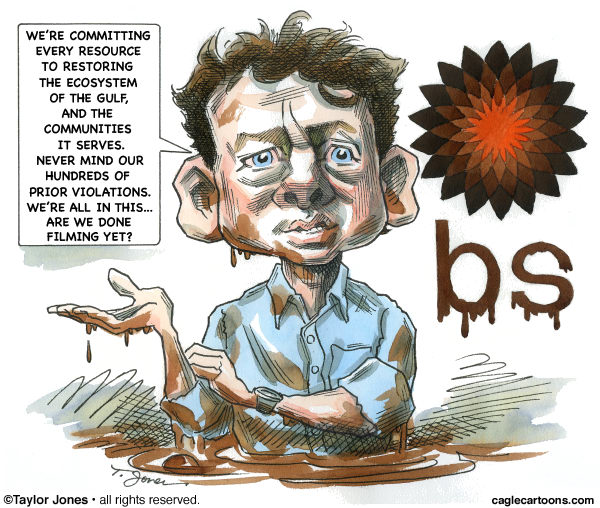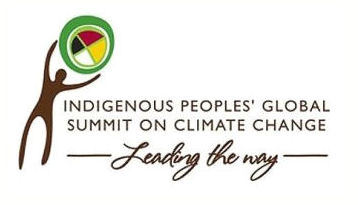‘Twas the end of the semester — and we ‘ve learned about climate change from many different perspectives. Two very different perspectives came from the books Exposure and Braiding Sweetgrass.
Exposure was a journey through the legal process of taking down DuPont for their wrongdoings to our environment. It certainly was an eye-opener for everyone who reads it – revealing the corruption and dishonesty that exists within large corporations. It highlights a perfect example of the problem — and all the troubles that go along with it. It made me very angry and upset to read the hardships that Billott had to face during the process, and makes me wonder why DuPont still gets to thrive under its name. The book gave a first-person perspective on the issues that large production companies cause the environment, and emphasizes the desperate need for change and strict regulation.
Braiding Sweetgrass is an entirely different take on the environment. It provides a grassroots-level way of thinking of what Mother Nature gave to us. It teaches the need to be more mindful of the environment and how one uses it in their everyday life, therefore recognizing its importance. The beautiful writing should press underlying questions like, “What would I do if I DIDN’T have this resource?” This book stresses the urgency of climate change as an issue, using the beauty of the Earth to heighten the volume of the call for attention and change. The way the Earth is depicted in the book is almost “youthful”, compared to all the negative and ominous things we read about climate change. Therefore, it could be more effective to someone who isn’t receptive to the aspect of climate change.
![Green valley, One of the Most beautiful valley of the World! [1920x1200] in 2020 | Nature iphone wallpaper, Hd nature wallpapers, Mountain landscape](https://i.pinimg.com/originals/77/91/0e/77910eb1bb702b7a6e1ceabe7de1c742.jpg)


